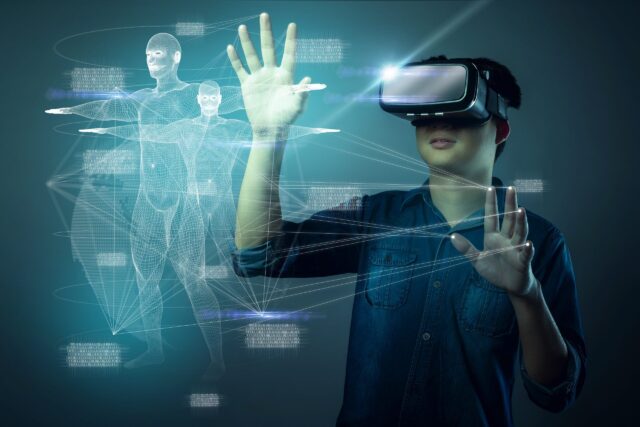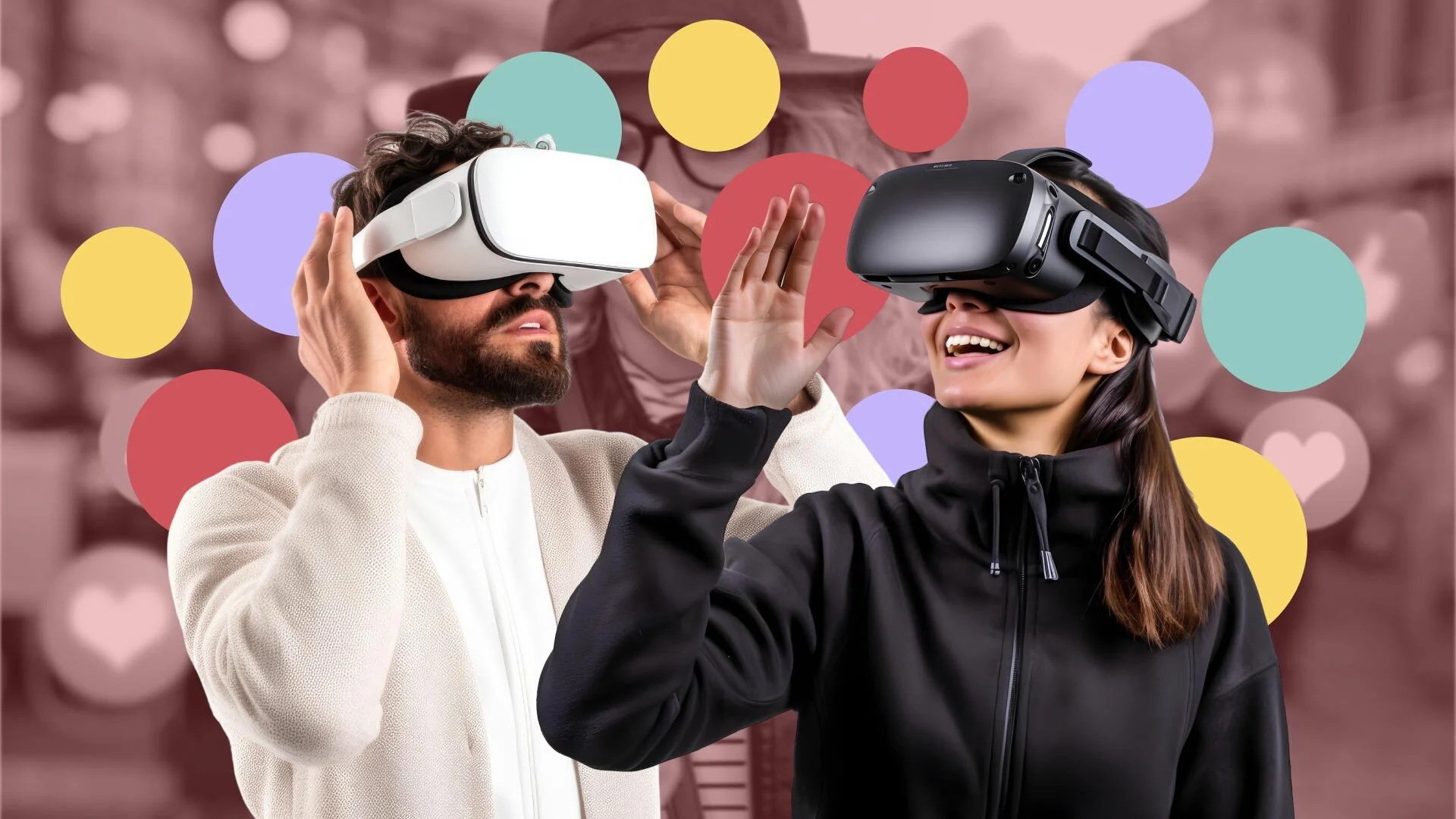In recent years, Augmented Reality (AR) and Virtual Reality (VR) have transcended their gaming origins, evolving into powerful tools that are transforming the landscape of marketing. As brands strive to capture consumer attention in an increasingly crowded digital environment, AR and VR offer innovative ways to engage customers, enhance experiences, and create memorable brand interactions. This blog explores the impact of AR and VR in marketing and how businesses can leverage these technologies to their advantage.

Understanding AR and VR
Before diving into their marketing implications, it’s essential to differentiate between AR and VR:
- Augmented Reality (AR): AR overlays digital content onto the real world, enhancing the user’s perception of their environment. Users can view and interact with virtual objects while still being aware of their physical surroundings. Popular examples include mobile apps that allow users to visualize furniture in their homes or try on virtual makeup.
- Virtual Reality (VR): VR immerses users in a fully digital environment, often through a headset, creating a sense of presence in a virtual world. VR experiences can transport users to different places, allowing them to engage with brands in a fully immersive way, such as virtual tours or interactive product demonstrations.
1. Enhanced Customer Engagement
One of the most significant impacts of AR and VR in marketing is the ability to enhance customer engagement. Brands can create interactive and immersive experiences that captivate consumers, leading to increased attention and retention. For instance, AR apps can allow customers to visualize products in their own space, such as trying on clothes or seeing how a piece of furniture fits in their home before making a purchase.
VR, on the other hand, can provide a unique brand experience that goes beyond traditional marketing. For example, brands like IKEA and L’Oreal have created immersive VR experiences that allow customers to explore products in a virtual environment, significantly enhancing their engagement and interaction with the brand.
2. Personalized Experiences
AR and VR technologies enable businesses to deliver personalized experiences that cater to individual consumer preferences. By leveraging user data, brands can create tailored marketing campaigns that resonate with their target audience. For instance, fashion retailers can use AR to allow customers to virtually try on clothing items based on their size and style preferences.
Additionally, VR can simulate personalized shopping experiences, where customers can explore virtual stores and interact with products based on their interests. This level of personalization not only enhances the customer experience but also increases the likelihood of conversion.
3. Increased Brand Awareness
AR and VR campaigns can generate significant buzz and excitement around a brand, leading to increased brand awareness. Interactive and immersive experiences encourage consumers to share their experiences on social media, creating organic reach and engagement. For instance, brands like Pepsi and Coca-Cola have successfully utilized AR campaigns that encourage users to share their experiences online, resulting in viral marketing moments.
Furthermore, AR and VR experiences often stand out in consumers’ minds, making them more likely to remember the brand and its products long after the interaction. This increased memorability can translate into higher brand loyalty and advocacy.
4. Revolutionizing Product Demonstrations
Traditional product demonstrations can be limiting and may not effectively showcase a product’s features and benefits. AR and VR provide brands with innovative ways to demonstrate their products in action. For example, automotive companies like BMW and Audi have used VR to allow customers to take virtual test drives, giving them a realistic feel for the vehicle without leaving their homes.
In the beauty industry, brands like Sephora have incorporated AR to allow customers to virtually try on makeup products. This interactive approach not only enhances the customer experience but also increases confidence in purchasing decisions.
5. Cost-Effective Training and Education
AR and VR are not only valuable for customer engagement but also for internal training and education. Brands can utilize these technologies to train employees in a simulated environment, providing realistic scenarios without the associated costs of traditional training methods. For instance, companies in the manufacturing sector can use VR to train workers on complex machinery, reducing the risk of errors and accidents.
Moreover, AR can enhance customer support by providing visual aids for troubleshooting and product assembly, improving customer satisfaction and reducing support costs.
6. Building Emotional Connections
AR and VR have the unique ability to evoke emotions and create memorable experiences that foster deeper connections between brands and consumers. Immersive storytelling through VR can transport users to different worlds, allowing them to experience a brand’s narrative firsthand. This emotional engagement can create lasting impressions, increasing brand loyalty.
For example, brands like National Geographic have utilized VR to take users on virtual expeditions, showcasing the beauty of nature while promoting conservation efforts. These emotional connections can lead to more profound customer relationships and advocacy.
Conclusion
The impact of AR and VR in marketing is profound, offering brands innovative ways to engage customers, enhance experiences, and create lasting impressions. As technology continues to evolve, businesses that embrace AR and VR will likely stand out in a crowded marketplace, driving brand awareness, loyalty, and ultimately, sales.


No responses yet